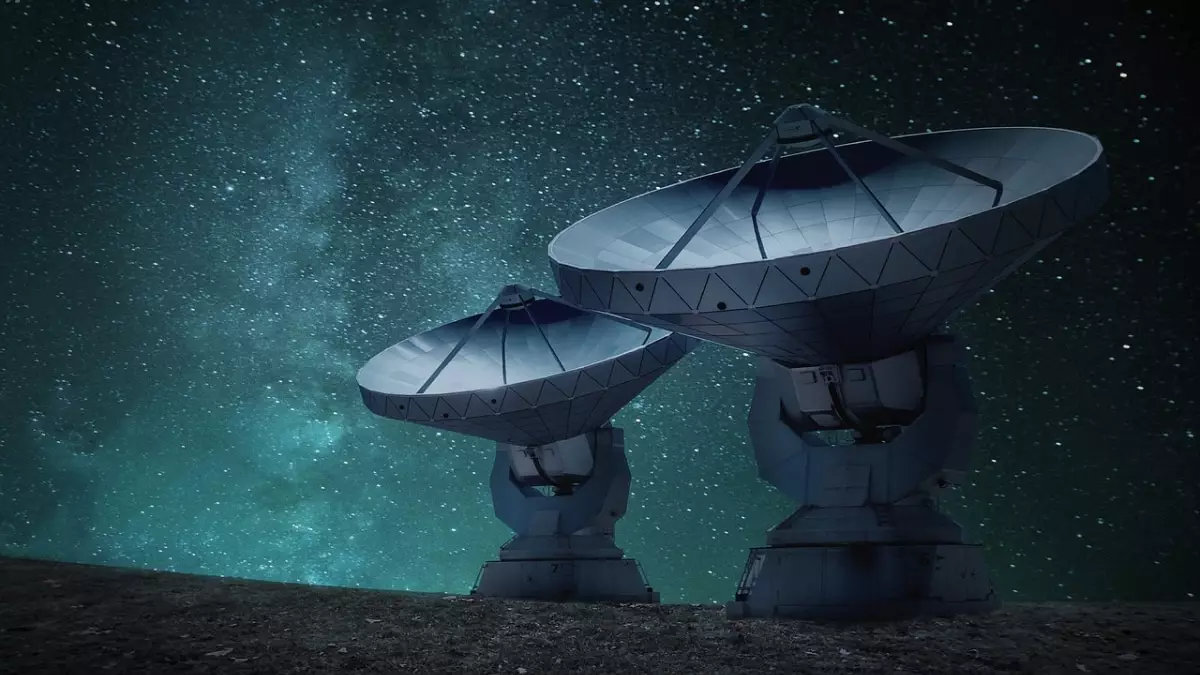The Starlink project, spearheaded by Elon Musk, aims to provide high-speed internet access across the globe, particularly in under-served and remote areas. While this initiative has been heralded as a revolution in global connectivity, it has also introduced unforeseen challenges. A report from scientists at the Netherlands Institute for Radio Astronomy (ASTRON) outlines a growing crisis whereby the vast network of Starlink satellites is interfering with critical astronomical research worldwide. The satellites, currently encircling our planet at approximately 550 kilometers, are proving to be more than just communication devices; they are imposing major obstacles to our understanding of the universe.
Astrophysicists rely on radio waves to gather vital data about celestial phenomena, which include elusive subjects like black holes, exoplanets, and distant galaxies. However, the launch of Starlink’s second-generation satellites (V2) has amplified the problem of electromagnetic interference. According to Professor Jessica Dempsey, Director at ASTRON, the electromagnetic radiation emitted by these new satellites is 32 times more potent than that from previous iterations. This heightened interference translates to a noise level comparable to that of a full moon, eclipsing the faint signals that astronomers depend on for their observations. The sheer volume of Starlink satellites—over 6,400 currently in orbit, with projections exceeding 100,000 by 2030—creates a cacophony in the radio spectrum that threatens to drown out the cosmic whispers that scientists seek to decipher.
A Call to Action
The astronomical community is sounding alarm bells. Cees Bassa, the lead author of a recent study, has been vocal about the urgency of this issue, urging SpaceX to implement changes to mitigate the interference. Robert Massey, the Deputy Executive Director of the Royal Astronomical Society, echoed this sentiment by emphasizing the need for immediate solutions. Simple engineering adjustments may hold the key; for instance, shielding satellite batteries or redesigning the satellites to minimize their emissions may offer a lifeline to beleaguered astronomers.
This conundrum raises a crucial question: how do we balance technological advancement with scientific exploration? As the largest satellite network in operation, SpaceX has the unique opportunity to demonstrate corporate responsibility in space operations. Should they fail to take appropriate measures, we risk not just challenges in observational astronomy but a serious setback in our quest to understand the universe. Professor Dempsey has been clear in her warnings—neglecting to act on these issues could pose an existential threat to astronomical research.
The emergence of Starlink satellite technology represents a double-edged sword; while it promises improved worldwide connectivity, it simultaneously threatens to obscure our understanding of the universe. As scientists strive to unveil the mysteries of deep space, they are met with an escalating challenge from the very technology designed to enhance life on Earth. The astronomical community is advocating for immediate diligence from SpaceX, both for the sake of immediate research efforts and the broader implications for humanity’s long-term understanding of the cosmos. Without decisive action, we might find ourselves in an era where the stars become less visible, not due to atmospheric interference but because of our own technological advancements.

Leave a Reply